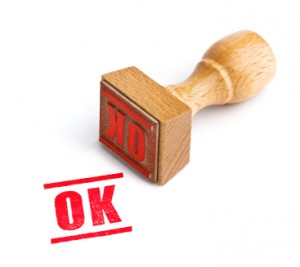 The process of centralizing translations involves the localization of large amounts of content to one part of the company. Once you have put all your content in one section of the business, you will find that it is far easier to manage the content and translate it as per requirements. The purpose of changing the language is so that you can allow people from other parts of the world to access your online content easily. Translation companies have to focus on many different projects simultaneously so that this can be achieved.
The process of centralizing translations involves the localization of large amounts of content to one part of the company. Once you have put all your content in one section of the business, you will find that it is far easier to manage the content and translate it as per requirements. The purpose of changing the language is so that you can allow people from other parts of the world to access your online content easily. Translation companies have to focus on many different projects simultaneously so that this can be achieved.
When you are presenting something on a website, especially when you are trying to market goods and services this way, you will find that you have to allow the end reader to be comfortable. These readers will be your consumers in case your content is business oriented. Also, for the purpose of giving instructions on how to use a certain product, instructions in different languages save many service and other issues relating to ease of use. This in turn guarantees customer satisfaction and repurchase.
Importance of Choosing a Suitable LSP
Language Service Providers, or LSPs in short, refer to those organizations that help provide the translation and localization services. Some of these LSPs however have a drawback that they cannot process large volumes of data at once. Instead, they specialize in single projects. This means that a company will have to tie up with many different LSPs at the same time in order to process all the information that is to be translated and later put on the Internet.
Companies therefore must be careful while they choose the right LSP. If there are such LSPs which manage bulk data then they are the best kind to go for, provided quality standards are maintained. Otherwise, you will have to manage many different and simultaneous tie ups. While this may be slightly difficult, it is necessary.
How does Centralization Work?
Centralization is a process in which you are localizing every project or body of the organization to one single managerial unit. This helps because individual teams get caught up in the work that they are assigned and do not focus on accumulation and delivery of any other project. A business can only run if every single unit is fully functional and is managing to meet all client deadlines.
Putting up content on the Internet can become a messy task because of the large amount of information that has to reach different destinations. This is especially true in the case of translation companies because their main area of expertise is handling data and processing it so that it is of good quality in the eyes of the end reader.
Advantages of Centralizing Your Translations
The reason that most companies prefer centralization when compared to multiple LSP units is because the process saves about fifteen percent of the overall payments that have to be made otherwise. It is quite an efficient system because it uses just a single LSP in the form of a multi-language vendor, or MLV, so that all the localization and translation that the translation company does is done on one platform with different units.
Not only does the process of centralization save companies money, they also cut down a lot on the time taken for the completion of related projects. They manage to do this by simplifying the procedure developed by LSPs and unify the whole thing. While one LSP is complex enough, the use of multiple LSPs is completely unnecessary now that most translation companies are shifting to centralization. The advantages are numerous, which is the reason behind the success of this structure.









